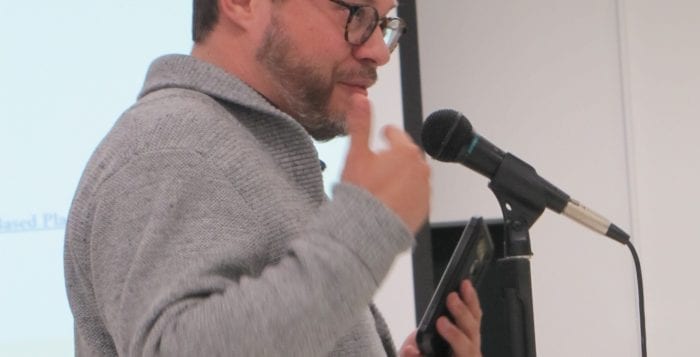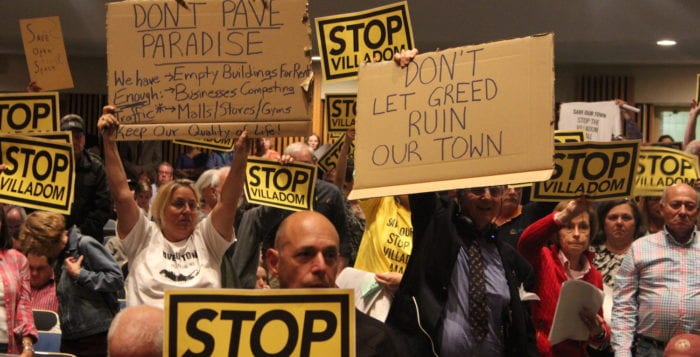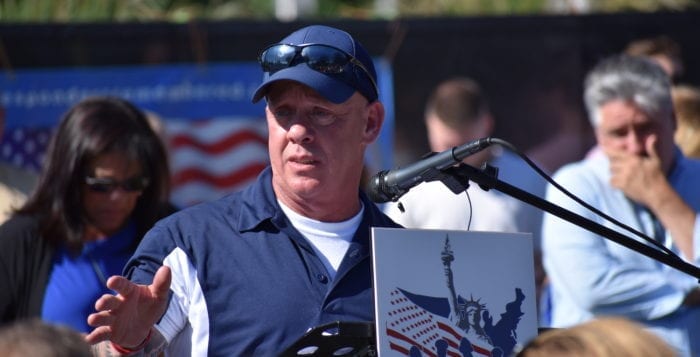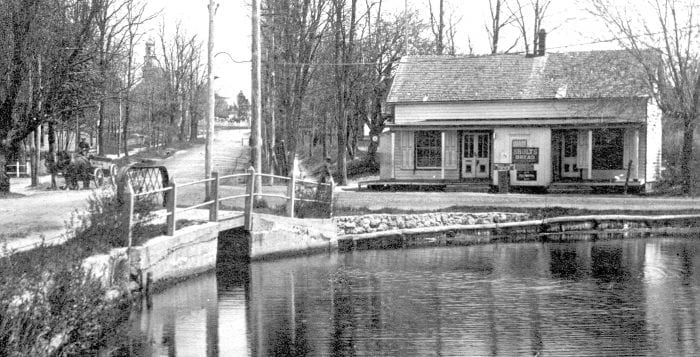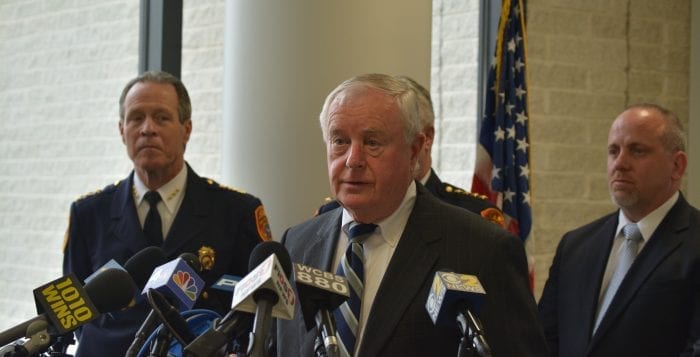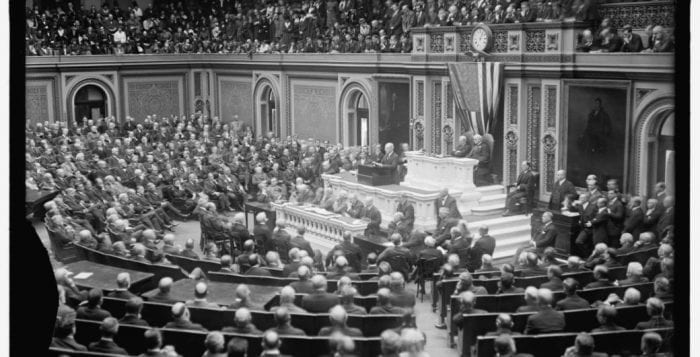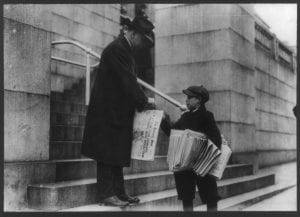By Andrea Paldy
The first school board meeting of 2020 brought new voices to an old discussion.
“I do not deny the research and scientific data on adolescent health.”
— Riley Meckley
After months of parents, students and alumni speaking to Three Village Central School District administrators and school board members about the importance of changing the secondary school start times, two speakers came forward to offer a new perspective on last fall’s hot topic.
Ward Melville sophomore Riley Meckley spoke on behalf of students who did not want the high school to start later.
“I do not deny the research and scientific data on adolescent health,” she said. “It is definitely true.”
But she noted that as “appealing” as getting an extra hour of sleep was, most students would still stay up late to study, watch Netflix or surf social media. What concerned Meckley and the students and teachers she spoke with was the negative impact on sports, clubs and after-school jobs, she said. She also spoke of the “hassle” for teachers dealing with athletes leaving ninth period early to get to their away games, as well as the inconvenience of trying to get home in time for their young children.
At December’s meeting, Superintendent Cheryl Pedisich and Jeff Carlson, deputy superintendent for business services, presented 10 possible scenarios for moving the high school start time from 7:05 to 8:20 a.m. In each case, it meant the high school day ended later, cutting out what Meckley referred to as that “precious time” between 2 and 3 p.m., when students could meet for clubs or extra help.
In half of the scenarios, the change meant that elementary schools might begin and end earlier than they do currently.
“We don’t want to lose services, and we definitely don’t want to pay any more money.”
— Matt Rehman
This raised objections from Matt Rehman, the father of elementary school-aged children, who said change spurred by the “loud minority,” in spite of the “silent majority,” would come at the expense of parents with younger children who would have to find a way to get their children off the bus as early as 1:55 in the afternoon.
“We don’t want to lose services, and we definitely don’t want to pay any more money,” he added.
Brian Latham, a high school teacher in a neighboring district and Three Village parent, said he was not opposed to the time change, but like Rehman, he was opposed to the idea, proposed in some scenarios, of moving the sixth graders to the junior highs and the ninth graders to the high school.
“Forcing them to move to a higher class level earlier is not in their best interest,” Latham said.
“I see on a day-to-day basis how ninth-grade students can suffer when they are pushed up with upper division students too early,” he said.
Latham said that he would be willing to pay more money or cut from other programs in order to maintain “the structure that makes this district one to be admired around Long Island.”
Pedisich assured those present that no decisions had been made and that the school start time committee, which will have its first meeting in February, will consider the original 10 scenarios in addition to new ones.
Additionally, the district will be looking for input from focus groups and will survey parents, staff and students districtwide, the superintendent said.
“We want to do what’s best for our entire school community … for students in grades K-12,” Pedisich said.
“We understand that there are challenges,” she said, specifically mentioning the fiscal, transportation and educational challenges that each proposed option may pose. “That is why the committee needs to take the time, because our students deserve that from us. And our community deserves that.”
“I see on a day-to-day basis how ninth-grade students can suffer when they are pushed up with upper division students too early.”
— Brian Lathan
Prekindergarten
In preparation for 2020-21 preschool enrollment, Nathalie Lilavois, director of elementary curriculum, delivered a presentation on the district’s free preschool curriculum and tuition-based enrichment program.
This year the preschool is at capacity and students had to be turned away, she said. Ninety-five students participate in the free preschool for half of the day and stay for the tuition-based enrichment program for the other half. The other 106 students are half-day students who only take part in the free preschool program.
While the preschool curriculum, taught by a New York State certified teacher, is aligned to the New York State preschool standards, the enrichment program exposes children to STEM concepts through games and guided play and encourages hands-on learning through inventions. It is the only preschool enrichment program in the country that is inspired by National Inventors Hall of Fame inductees, Lilavois said.
Applications will be accepted through Feb. 24, and if needed, a lottery will take place on the Feb. 26 with notification on Feb. 28.
HPV vaccine
School board president William Connors responded to comments he received about the school board’s letter to New York Gov. Andrew Cuomo (D) regarding the proposal to mandate the HPV vaccine as one of the battery of vaccinations a student must receive to attend school.
“We normally don’t get involved in political issues,” he said, but the board felt that the mandated vaccine was “administrative overreach” and “inappropriate.”

